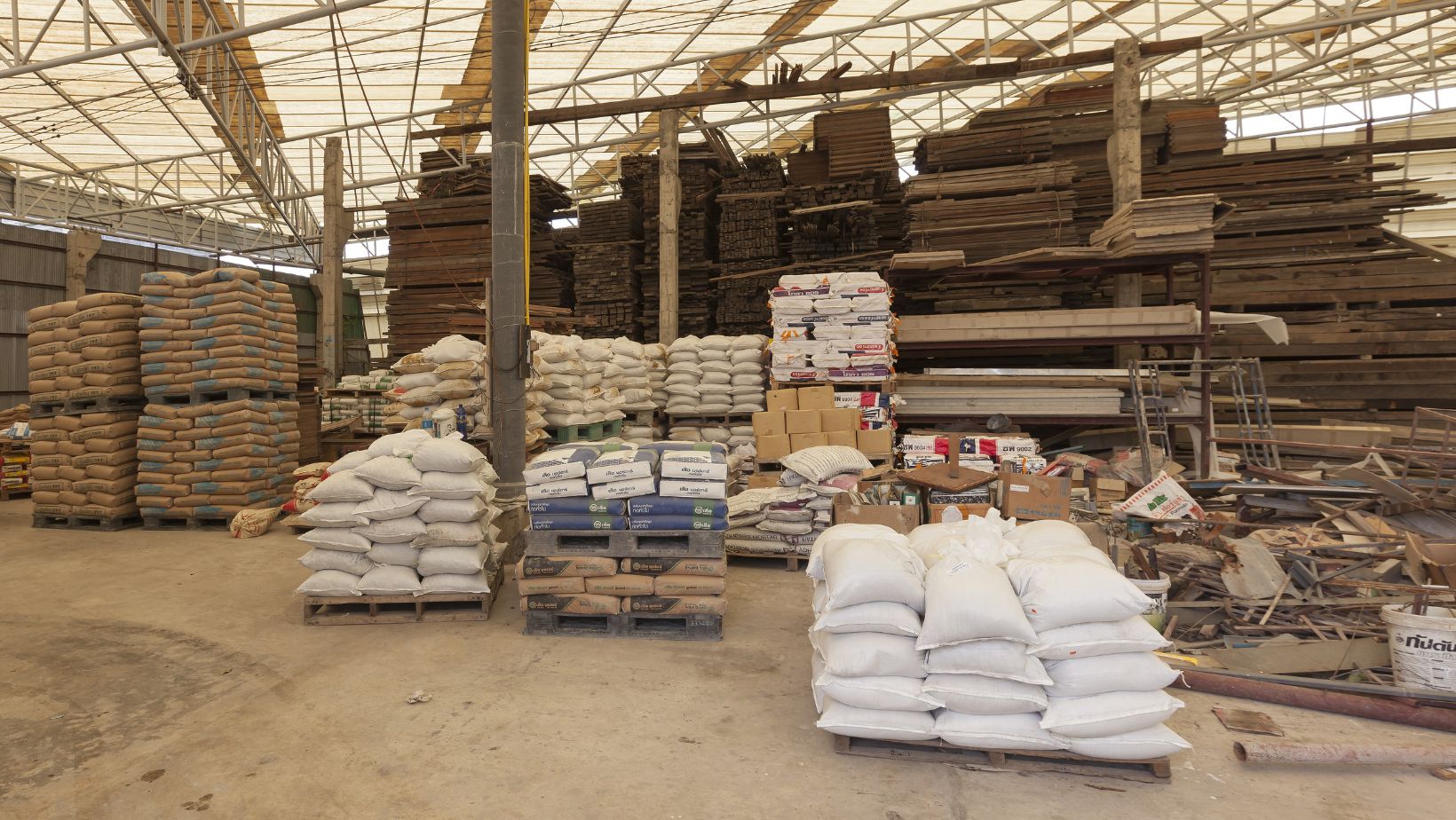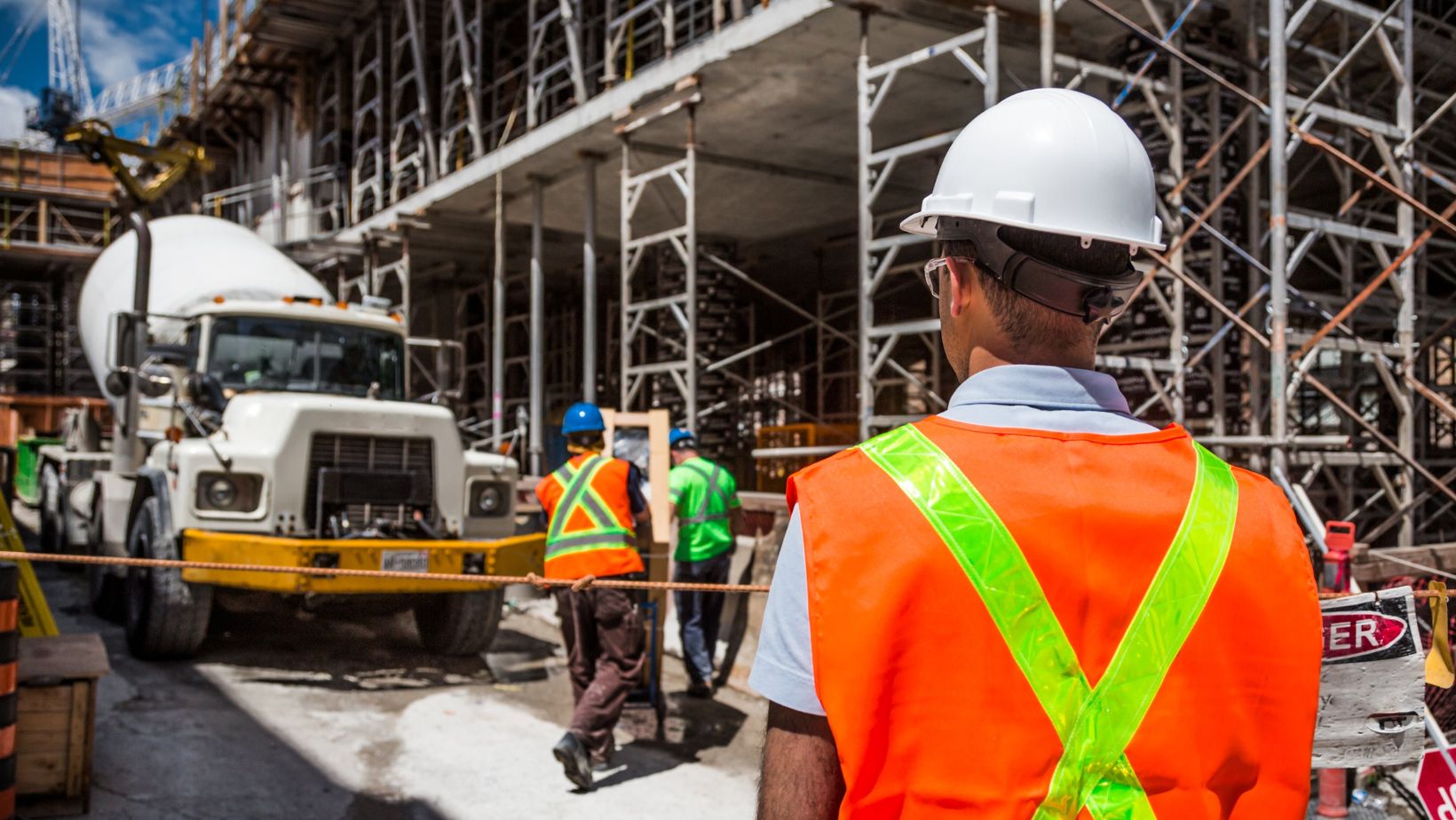School Construction: Do’s and Don’ts

Building a school is a monumental undertaking that requires meticulous planning and execution. From selecting the right location to designing functional classrooms and common areas, every decision made during the construction process can have a lasting impact on the learning environment. In this article, we’ll delve into some essential do’s and don’ts of school construction to ensure that the final result serves its educational purpose effectively.
Location Matters
Do: Choosing the right location is paramount in school construction. It should be accessible to the community it serves and conform to local zoning regulations. Proximity to public transportation and major roadways is also a consideration. A well-placed school can foster a sense of community and ease transportation for both students and staff.
Don’t: Avoid building schools in environmentally sensitive areas or in places prone to natural disasters like floodplains or earthquake zones. Neglecting such considerations can lead to costly repairs and safety concerns down the road.
Functional Design is Key
Do: Designing functional classrooms and common areas is essential for a conducive learning environment. Consult with educators to understand their needs and incorporate their input into the design. Ensure that classrooms are well-lit, properly ventilated, and equipped with modern technology.
Don’t: Avoid overly elaborate designs that prioritize aesthetics over functionality. Complicated layouts and excessive ornamentation can hinder the efficient use of space and maintenance.
Safety First
Do: Prioritize safety features in school construction. This includes fire-resistant materials, proper emergency exits, and adherence to building codes. Safety should always be a top concern for both students and staff.
Don’t: Never compromise on safety to cut costs. Cutting corners in this area can lead to catastrophic consequences.
Quality Materials and Construction
Do: Invest in high-quality materials and skilled construction teams. Cutting-edge construction techniques and durable materials ensure the longevity of the school building. Quality construction also reduces the need for frequent repairs and maintenance.

Don’t: Avoid using subpar materials or unqualified construction teams. Saving money in the short term may result in higher expenses down the line.
Budget Wisely
Do: Develop a realistic budget that accounts for all construction costs, including unforeseen expenses. Monitor the budget closely throughout the project to avoid overruns. A well-planned budget ensures that funds are allocated efficiently.
Don’t: Don’t underestimate the true cost of the project or rely on unreliable estimates. Underfunding can lead to delays and compromises in the final result.
Environmental Considerations
Do: Embrace eco-friendly construction practices. Incorporate energy-efficient systems and sustainable building materials into the design. Consider renewable energy sources like solar panels to reduce long-term operating costs.
Don’t: Don’t ignore the environmental impact of your construction. Failing to consider sustainability can lead to higher energy bills and contribute to environmental degradation.
Accessibility for All
Do: Ensure that the school is accessible to all students, including those with disabilities. Install ramps, elevators, and other accessibility features as needed. Compliance with disability laws is not just a legal requirement but also a moral obligation.

Don’t: Neglect accessibility features. Failure to do so can lead to discrimination and legal troubles.
Importance of School Restroom Partitions
Now, let’s briefly touch on a critical but often overlooked aspect of school construction: school restroom partitions. These seemingly minor elements play a significant role in creating a comfortable and hygienic environment for students. Proper restroom partitions offer privacy, reduce distractions, and maintain cleanliness.
Do: Invest in good-quality restroom partitions that are easy to clean and maintain. Durable partitions can withstand the wear and tear of daily use, ensuring they remain functional for years to come. This promotes a positive restroom experience for students and helps maintain a hygienic environment.
Don’t: Don’t skimp on restroom partitions or choose low-quality options. Poorly constructed partitions can lead to frequent repairs and a less-than-ideal restroom experience for students.
Community Involvement
Do: Engage the community throughout the school construction process. Seek input and feedback from parents, teachers, and local residents. This not only fosters a sense of ownership but also helps identify potential issues early on.
Don’t: Don’t dismiss community input or exclude them from the decision-making process. Collaboration can lead to a more successful project that meets the needs of the community.
Flexibility for Growth
Do: Plan for future expansion and growth. Design the school in a way that allows for easy additions or modifications as student enrollment increases. This foresight can save both time and money in the long run.
Don’t: Avoid rigid designs that cannot accommodate changes. Failing to plan for growth can result in overcrowding and the need for costly building expansions.
Conclusion
In conclusion, school construction is a complex undertaking that requires careful consideration of various factors. From location selection to the choice of materials, safety, budgeting, and community involvement, every decision plays a crucial role in shaping the learning environment. By following these do’s and don’ts, school construction projects can yield safe, functional, and sustainable spaces that benefit both students and the community for generations to come.
What's Your Reaction?
Deepak is a lover of nature and all things sporty. He loves to spend time outdoors, surrounded by the beauty of the natural world. Whether he's hiking, biking, or camping, Deepak enjoys being active and in touch with nature. He also loves to compete and push himself to his limits. Deepak is an avid cyclist, runner, and swimmer. He has competed in several triathlons and marathons, and is always looking for new challenges to take on.



